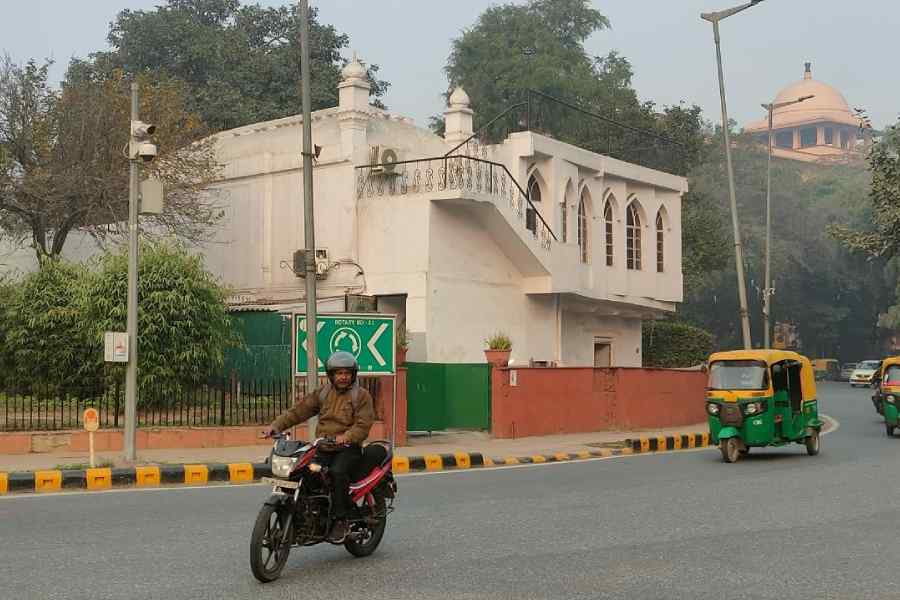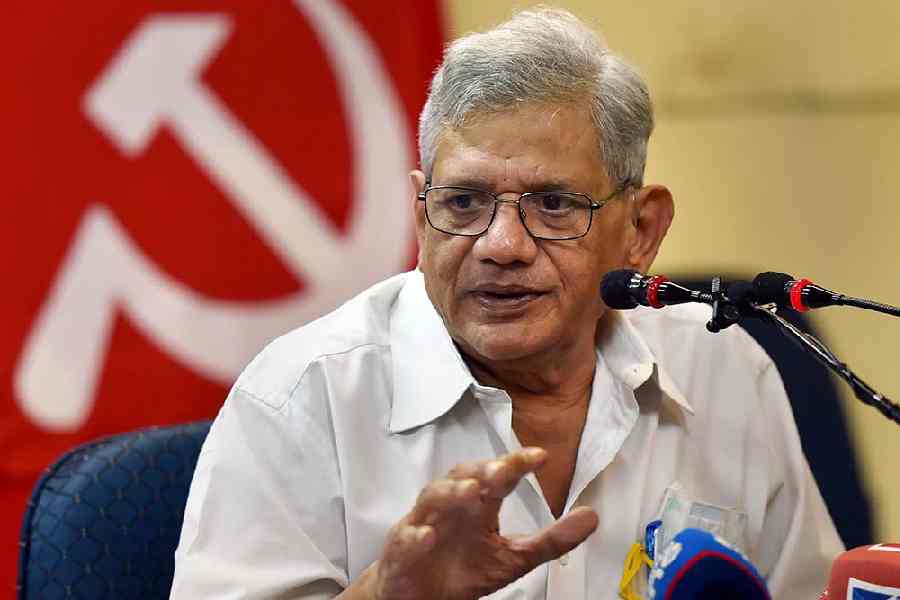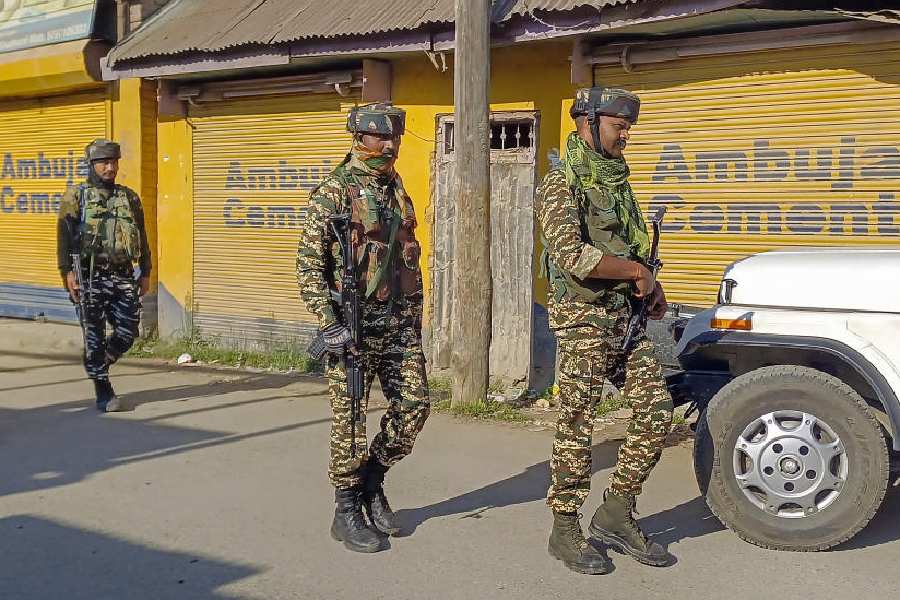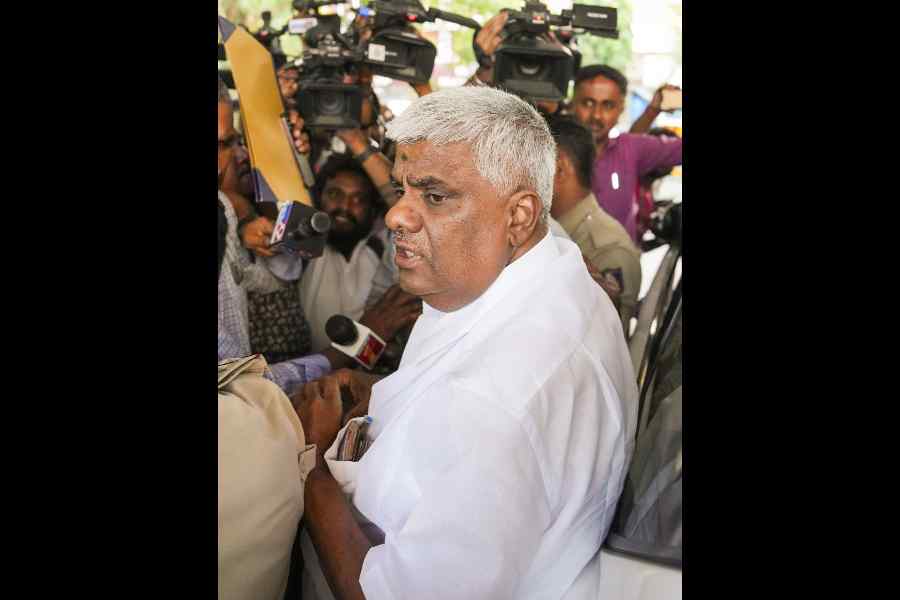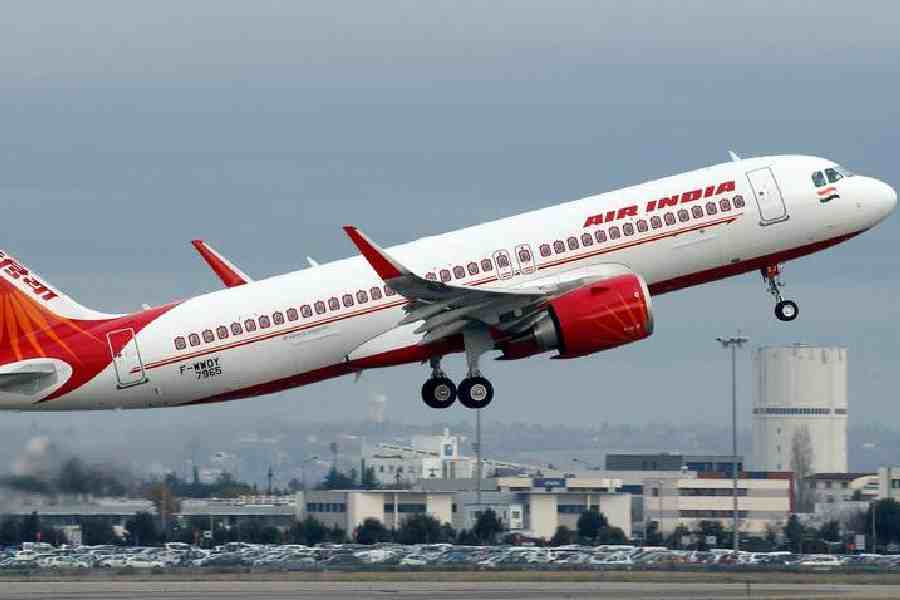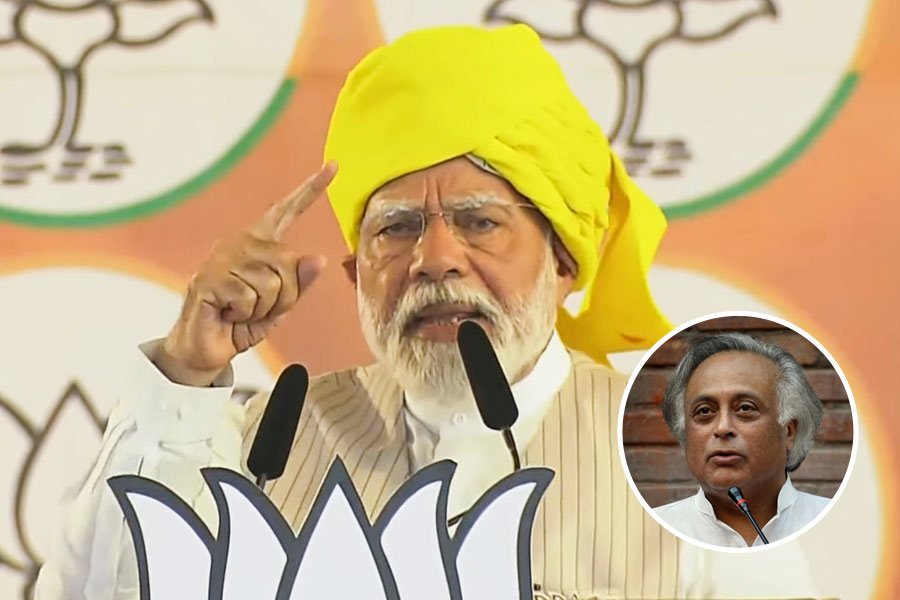A small notice in local editions of last Sunday’s newspapers has rung alarm bells for scores of Muslim community members as well as heritage conservationists in the capital.
The New Delhi Municipal Council (NDMC) has called for views from the public on the removal of Sunehri Masjid — a mosque that predates the creation of the colonial capital, and currently sits in a grassy roundabout on a six-road junction in Lutyens’ Delhi. It abuts the IAF headquarters and Udyog Bhawan; one of the roads leading off heads to Union home minister Amit Shah’s residence.
The NDMC is the civic agency for Lutyens’ Delhi and is controlled by the Centre.
Arshad Madani, who heads one faction of the Muslim clerics’ body Jamiat Ulema-e-Hind, tweeted: “We will fight every legal battle for Sunehri Bagh Mosque, demolishing the mosque is a conspiracy. After the Babri Masjid verdict, the courage of communal forces has increased, their eyes are on our places of worship, we will take every step for the security of the mosque, the administration should avoid committing illegal activities.”
The NDMC notice comes days after Delhi High Court disposed of a plea from the mosque for protection.
The notice said the NDMC had applied to the Heritage Conservation Committee — an apex court-mandated body under the Union housing and urban affairs ministry — for the removal of the mosque “on reference from Delhi Traffic Police for providing traffic engineering proposal to ensure sustainable mobility in the vicinity of roundabout of Sunehri Bagh”.
Objections and suggestions of the public are being accepted until January 1, 2024, as required by law.
A 1912 map shows the mosque in a garden called Hakim Ji ka Bagh, also called Sunehri Bagh.
Delhi heritage expert Swapna Liddle says that the reason this mosque was among the pre-existing structures that were retained when New Delhi was built after 1911 “was because it was not only of architectural significance, but it was also in use. So it was decided to incorporate it into the town plan by placing it in one of the many roundabouts in the new city."
Litigation by the Indian National Trust for Art and Cultural Heritage to the mosque being declared a Grade-III structure, protected under Delhi’s building byelaws, in 2009.
She added: “The mosque is a Mughal-era structure, still being put to the use for which it was built…. Its location on the roundabout is evocative of the town plan of New Delhi, which sought to incorporate many historic structures, particularly those in active use, as features of the new city plan instead of demolishing them.”
Sewa Ram, professor of transport planning at the School of Planning and Architecture, Delhi, co-authored the 2017 guidelines on roundabouts.
He explained: “It can work when the volume of traffic is low. For this roundabout, traffic has increased as it has been diverted away from the construction of the Central Vista. A structure in the middle of a roundabout creates a blind spot for traffic. Vehicles are unaware of a pedestrian trying to cross. Also, vehicles stop at the mosque to pick up or drop people. Even if this is brief, it is a hazard.”
Ram added: “The solutions are to either expand the diameter if space is available. If not, as is the case here, then have traffic lights including lights for pedestrians. This can create a queue of vehicles when the volume of traffic is high. The only other option is to shift the structure that is causing the blind spot.”
Ram pointed to other structures that also create blind spots, such as the popular Gole Market, also in central Delhi.
Several architects have sent individual emails to the NDMC opposing the move. A veteran architect, who didn’t want to be quoted, shared the text with this paper. It says: “The Sunehri Bagh Masjid is not merely a structure of bricks and mortar; it stands as a testament to our historical legacy and architectural grandeur. Its demolition would result in an irrevocable loss to the cultural fabric and collective identity of our city. It would also deprive future generations of the opportunity to learn from and appreciate the tangible history of our ancestors.
“While I understand the need for developing sustainable mobility solutions, I strongly believe that such progress should not come at the expense of our heritage. There are numerous examples globally where modern urban planning has successfully integrated with historical preservation, ensuring that development and conservation go hand in hand.”
Historian Sohail Hashmi told this paper that freedom fighter Hasrat Mohani — who coined the slogan “Inquilab Zindabad” and was behind the Purna Swaraj resolution of the Congress in 1930 — stayed at Sunehri Masjid when he was a member of the constituent assembly. “When he was offered TA-DA, he said, I didn’t fight for freedom to ask for money. I eat in the mosque. He travelled to Parliament on a shared tonga or bicycle.”
Earlier this year, the tomb of Sunehri Baba — a local saint — on a footpath opposite the mosque was demolished. Several Muslim and Hindu religious places — many of which have ambiguous documentation — were razed or partially demolished in a spurt of efficiency of civic authorities — that usually occurs around major events like the G20.
At the mosque on Wednesday, Hasib Ahmed, a former bureaucrat, told this paper: “I worshipped here for 15 years when I was posted at Udyog Bhawan. What is the logic in razing the mosque when Delhi Metro’s overground structures also exist on this traffic island?”
During Friday prayers, the congregation peaks to about 500. Historian Rana Safvi said: “Once you raze it you will have complaints like in Gurgaon on people praying in open spaces. Not only is it important for a community, it is also our heritage, Indian heritage.”

